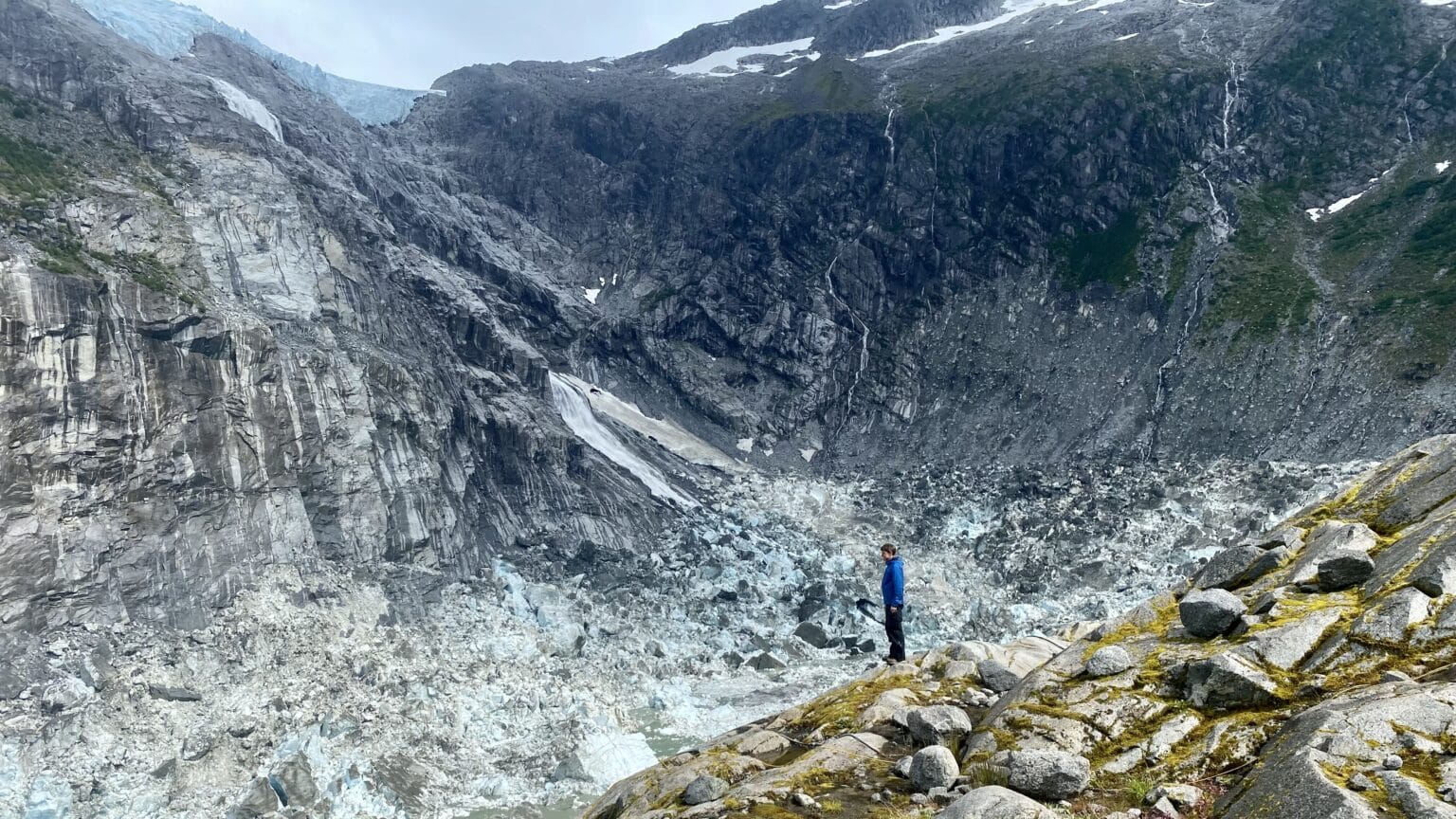Glacial Flood Threat: NSF Invests $1M to Unravel Juneau's Climate Danger

Unraveling the Mysteries of Suicide Basin: A Crucial Climate Research Endeavor
Scientists are diving deep into the intricate landscape of Suicide Basin, mapping its ever-changing topography to unlock critical insights about potential water release patterns. By meticulously studying the basin's evolving shape, researchers hope to develop more accurate predictions about annual water volumes and the speed at which these dramatic water releases might occur.
The basin's dynamic terrain serves as a natural laboratory, offering researchers a unique window into the complex interactions between glacial melt, water accumulation, and climate change. Each contour and shift in the basin's landscape tells a story of environmental transformation, providing valuable data that could help communities better prepare for potential flooding and water resource management.
Understanding the basin's morphology is not just an academic exercise, but a critical step in anticipating and mitigating potential environmental risks. As climate patterns continue to shift, these detailed studies become increasingly important in helping us comprehend and respond to the changing dynamics of our natural landscapes.

